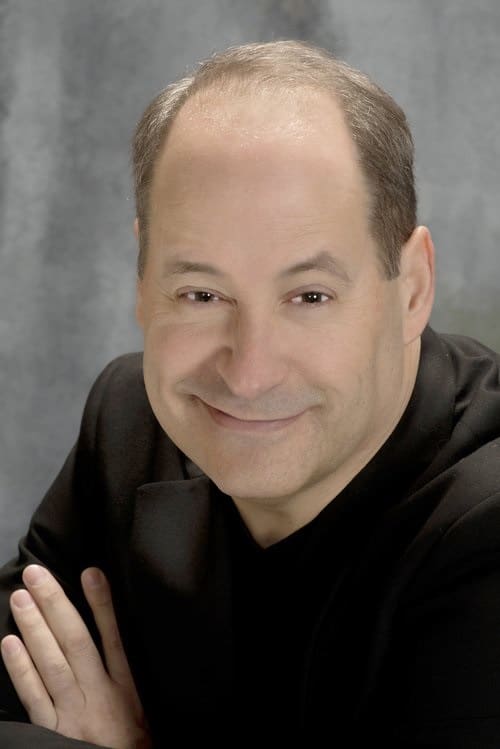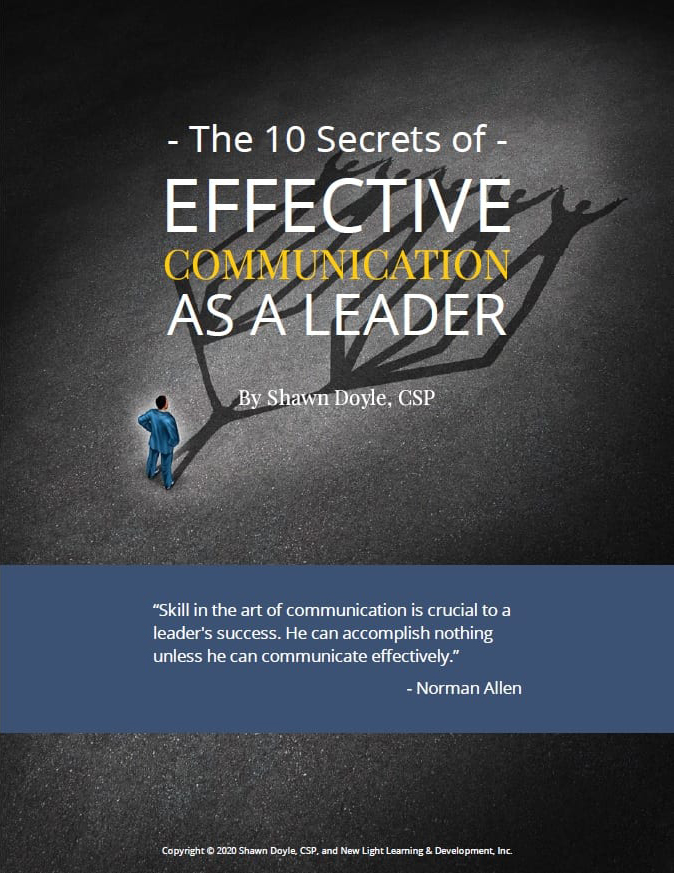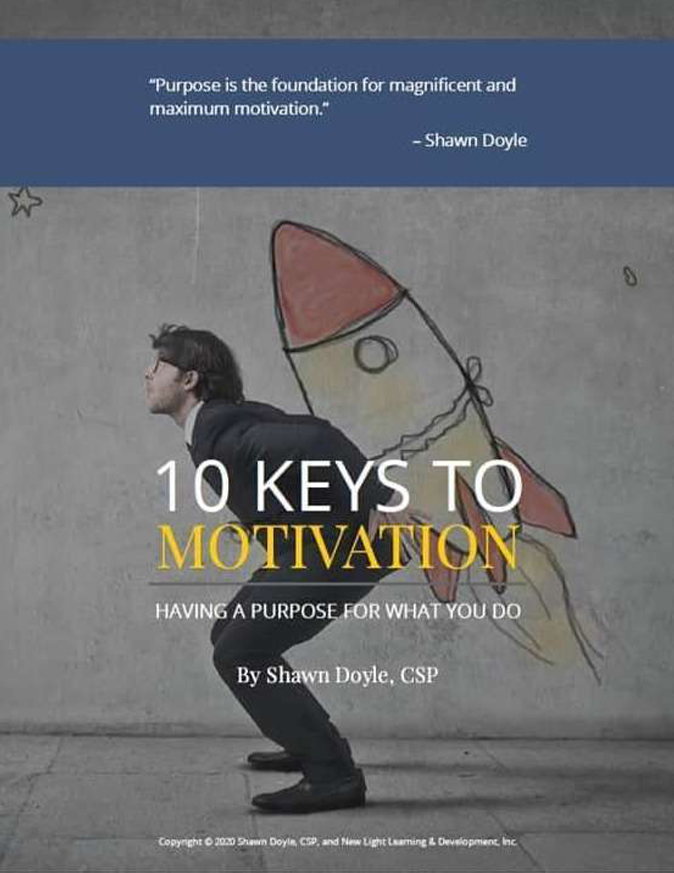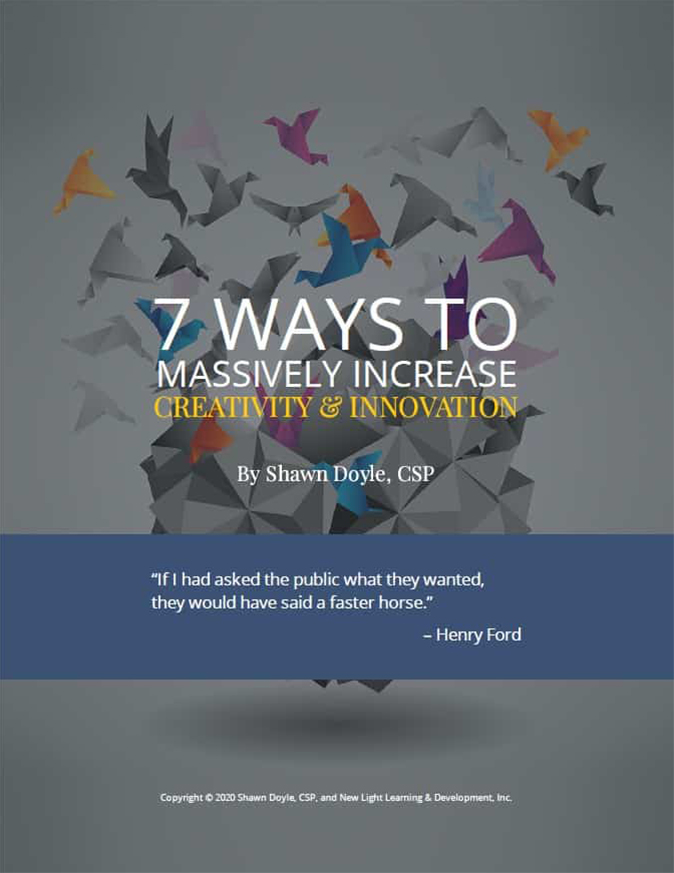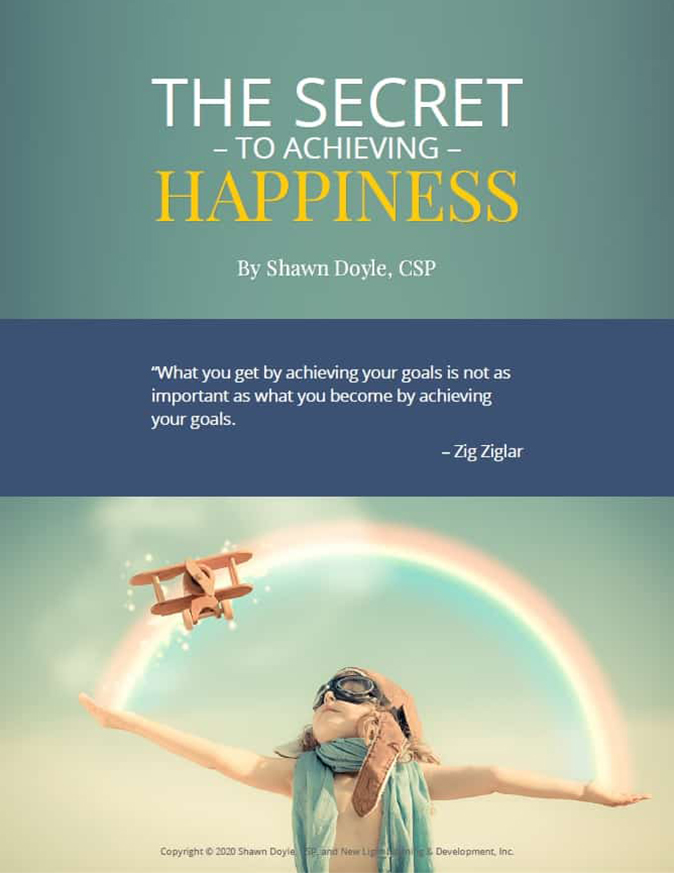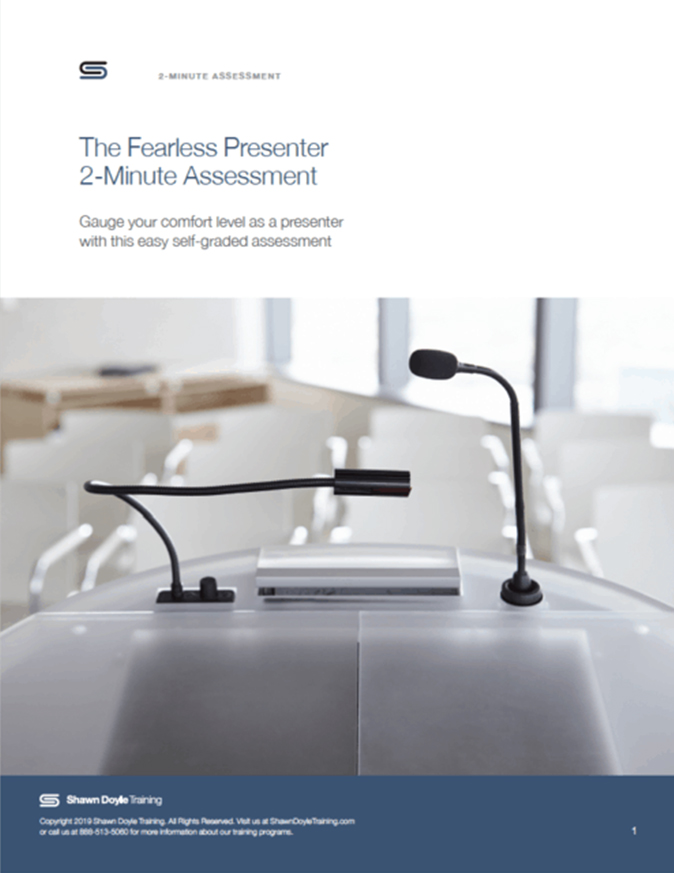Blog

3 Ways To Hook Your Audience, With Examples
In the age of TikTok and endless social media scrolling, our attention spans have taken a serious hit. With a continuous stream of immediately available bite-sized content, it’s harder than ever to hold people’s focus for more than a few seconds. And that’s a big problem when you’re trying to deliver a message that actually matters.
Let’s face it: If you can’t hook your audience from the get-go, you might as well be shouting into the void. Whether you’re presenting to your team, pitching to potential clients, or giving a keynote speech, you need to be able to grab people’s attention and keep it locked in. Because if you lose them in those first crucial moments, good luck getting them back.
Let’s take a deep dive into three attention-grabbing strategies, and discover how you can use them to make your own speeches more compelling than ever.
Provide Historical Context and References

When Martin Luther King Jr. referenced the Emancipation Proclamation at the beginning of his “I Have a Dream” speech, it was a powerful way to grab his audience’s attention and highlight how the promise of equality remained unfulfilled. He created a sense of urgency, implying that the nation had failed to live up to its own ideals and that change was long overdue.
You can use a similar tactic when addressing the board, stakeholders, or your team. If you’re pitching a bold investment in new tech, for example, reference a time when the company’s founders made a visionary choice that transformed the business. Suddenly, your proposal isn’t just another agenda item—it’s a chance to shape the future, like those leaders did.
The key, as King knew, is to choose a historical reference that resonates with your audience. By connecting your words to a shared past, you give them deeper meaning and make your audience feel like they’re part of a continuing story. Pick the right piece of history to highlight, and you’ll have their full attention from the very first minute, ready to hear how they can play a role in the next chapter.
Share A Relevant Anecdote
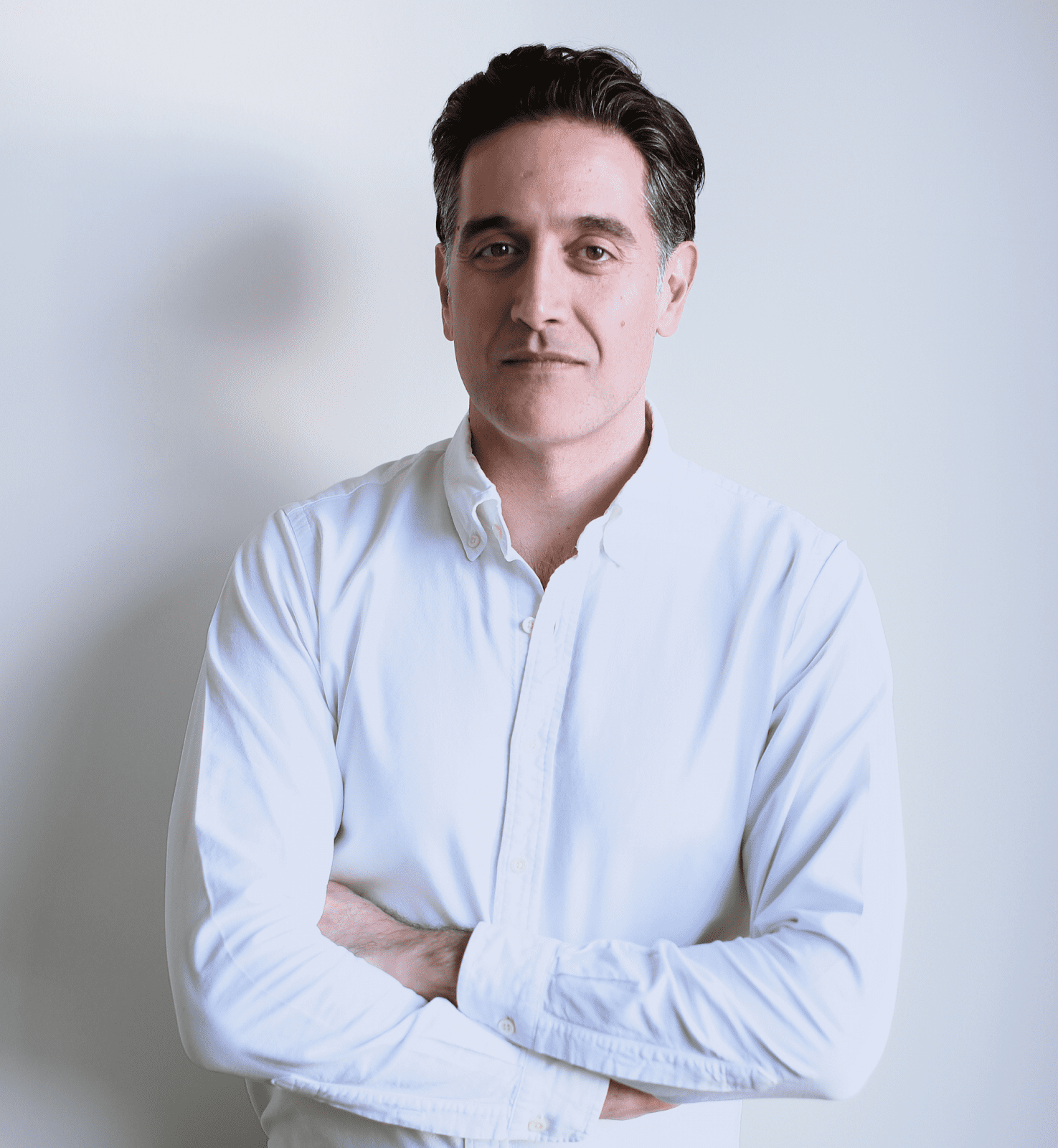
Cyrus Massoumi, the CEO and co-founder of healthcare marketplace ZocDoc, demonstrates the effectiveness of using personal anecdotes in his speech about the company’s mission. In his opening, Cyrus talks about his painful experience with a ruptured eardrum after a flight and his frustrating journey of trying to find an ENT doctor through his insurance company’s website. By sharing this relatable story, Massoumi engages his audience and highlights the problems with the current healthcare system, which ZocDoc aims to solve.
Using personal anecdotes in your speeches can be a powerful tool to connect with your audience and illustrate your message. Here’s how you can incorporate this technique:
- Choose a relevant anecdote. Select a personal story that is relevant to your speech’s main topic or message. It should illustrate a problem, challenge, or experience that your audience can relate to.
- Keep it concise. While your anecdote should be engaging, it’s essential to keep it brief. Focus on the key details that contribute to your message and avoid unnecessary tangents.
- Highlight the problem. Use your anecdote to shine a light on the problem or challenge you aim to address in your speech. This helps create a sense of urgency and establishes the need for a solution.
- Transition smoothly. After sharing your anecdote, move to your main points or arguments. Show how your personal experience relates to the broader context of your speech.
- Connect with your audience. Personal anecdotes help you connect with your audience on an emotional level. By sharing a relatable story, you demonstrate empathy and establish common ground, making your audience more receptive to your message.
Incorporating personal anecdotes into your speeches can be a powerful way to engage your audience, illustrate your points, and create a lasting impact.
Create a Sense of Urgency and Opportunity

During the launch event for the first iPhone on January 9, 2007, Steve Jobs delivered a keynote address that created a sense of urgency and opportunity from the very beginning. He opened with:
“Every once in a while, a revolutionary product comes along that changes everything.”
With this single sentence, Jobs immediately captured his audience’s attention and set the stage for the iPhone’s unveiling. By framing the iPhone as a “revolutionary product,” he created a sense of opportunity, suggesting that this was a pivotal moment in the history of technology that listeners couldn’t afford to miss.
Later in his speech, Jobs compared the iPhone’s significance to that of the Macintosh in 1984 and the iPod in 2001. He was doing this to position the iPhone as the next great leap forward, creating anticipation and excitement for the device’s potential impact.
When you’re presenting to the board, stakeholders, or your team, creating a similar sense of urgency and opportunity can be a powerful way to grab and hold your audience’s focus. Whether you’re proposing a new initiative, unveiling a product, or sharing a vision, conveying the significance of the moment and the potential for positive change can make your message more compelling and memorable.
Become a Public Speaking Legend With the Presentation Power Webinar
King, Massoumi, and Jobs used different methods to hook their audiences, but their approaches share a common thread: They made their listeners feel like they were part of something meaningful and important.
King anchored his speech in the historical context of the Emancipation Proclamation, Massoumi shared a personal anecdote about the problem his company solves, and Jobs created a sense of urgency and opportunity around the launch of the iPhone. Each connected their message to the larger human experience and showed their audience how they could play a role in shaping the future.
If you learned something from the tips in this article, then you won’t want to miss our exclusive webinar with Shawn Doyle, a highly experienced public speaking expert. In just 15 minutes, you’ll get his top tips for mastering memorable, high-impact speaking—the same elite training he provides to his Fortune 500 clients.
By joining this webinar, you’ll discover how to grab attention, structure presentations for persuasion, exude confidence, tell inspiring stories, and handle Q&As like a pro. You’ll also hear from satisfied clients who have transformed their presentation skills and executive presence.
Don’t miss this opportunity to invest in yourself and your career. Reserve your spot today FOR FREE!
JOIN THE WEBINAR now and take the first step towards becoming a master communicator.

